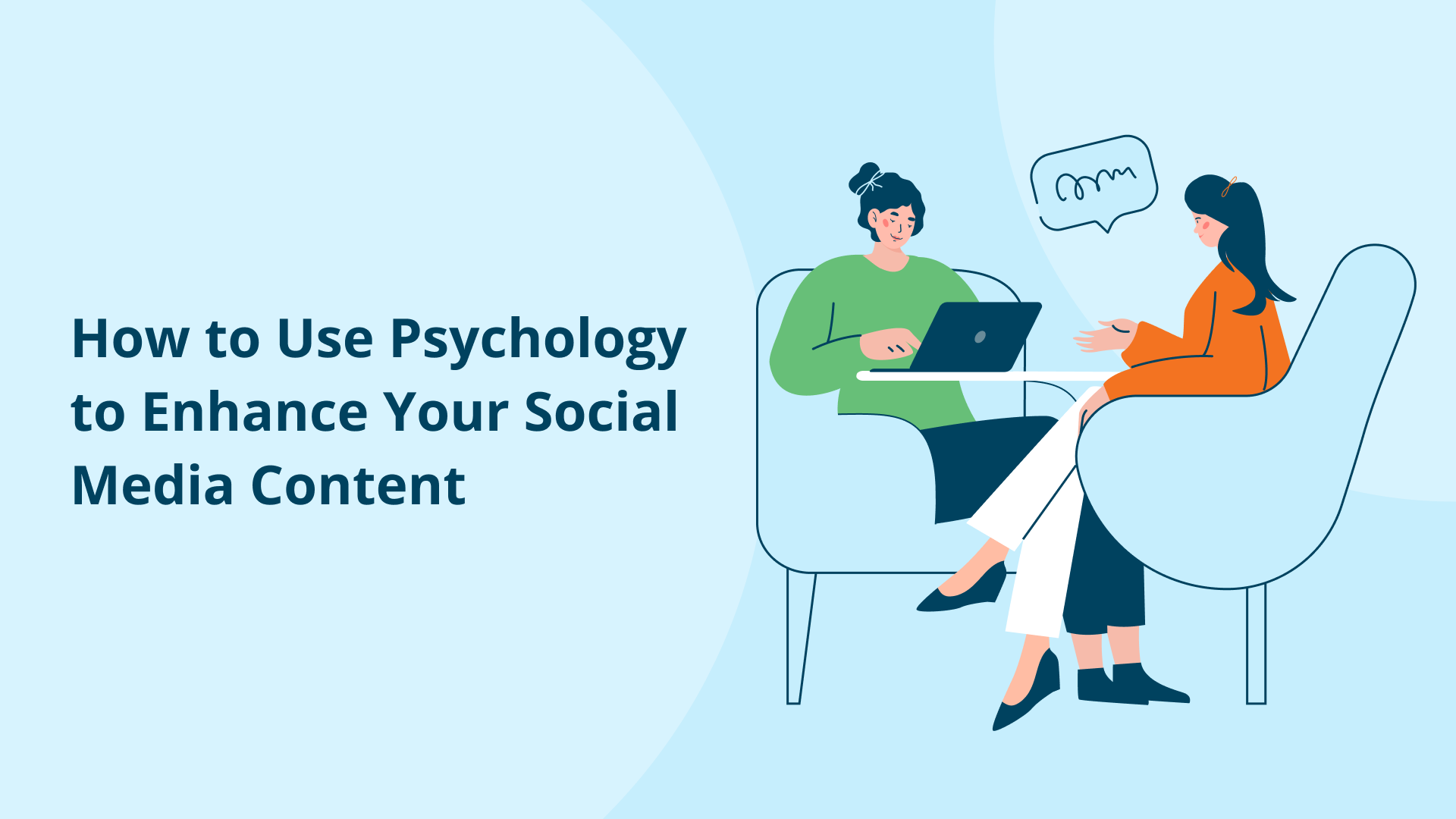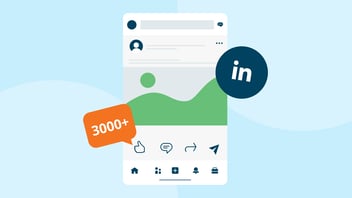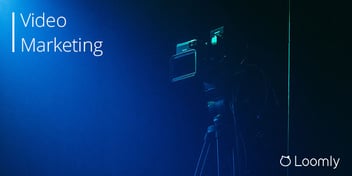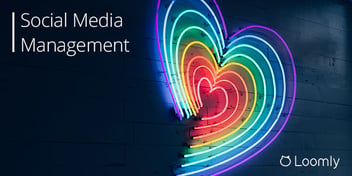How to Use Psychology to Enhance Your Social Media Content
Many marketers overlook the power of psychology in social media. Behind the algorithms, there are real people. In fact, platform algorithms exist to ensure that users — real people — see what they might find relevant or valuable.
This is why focusing on providing value (education, entertainment, etc.) rather than gaming the algorithm (which changes constantly) is the only bulletproof way to grow on social media. In order to do that, the most successful social media marketers understand psychology and apply its principles to every post.
Let’s take a deep dive into how to use psychology in social media to foster more meaningful connections with your audience.
Why is psychology important in social media?
While the end goal of any marketing effort is to persuade people to buy your product or service, social media marketing goes beyond direct conversions or website traffic. An effective social media strategy builds brand awareness, trust, authority, and community over time, which positions your brand for long-term growth.
To establish trust, you have to put yourself in your audience’s shoes. If you start by asking deeper psychological questions about your audience rather than surface-level demographics, your content plan will start to build itself. For example:
- What does your audience care about?
- What are their pain points?
- What motivates them?
- What makes them proud of themselves?
- What are their biggest fears?
- What do they hate doing the most?
- How do they like to learn?
If you consistently share content that addresses the answers to questions like these, you’ll build trust and take your engagement rates to new heights.
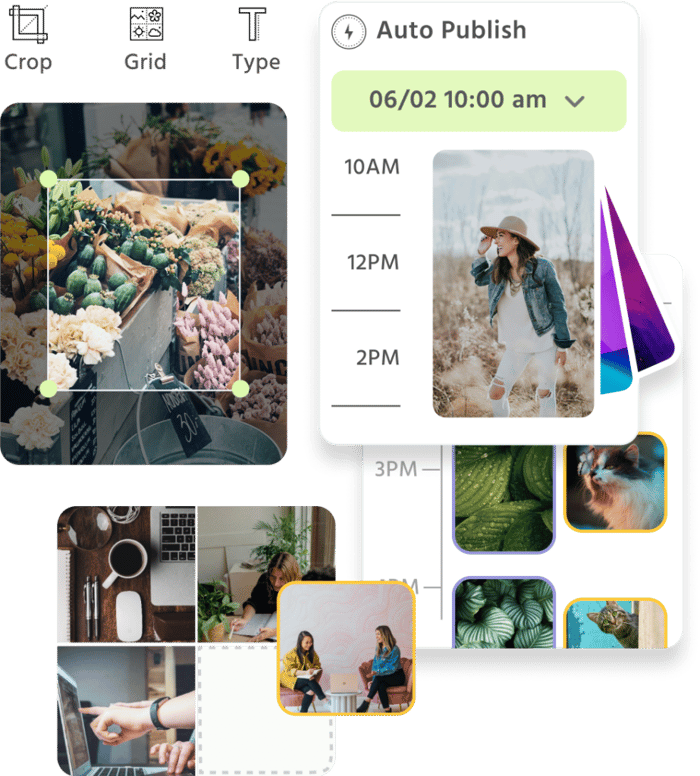
Manage all your social media accounts in one place.
Craft, schedule, & auto-post content to all your social channels, then track analytics and manage interactions from a single, easy-to-use dashboard.
How can you use psychology in social media?
There are infinite ways to use psychology in social media, but many revolve around these four areas:
- Share relatable content: People will engage with content that comes from their point of view. If they can see themselves in it and relate to the pain point or joke, they’re much more likely to engage.
- Use social proof: By displaying social proof on your social media profiles, you can create a sense of trust and credibility among your audience. For example, if you have a large following or positive customer reviews, you can highlight them on your social media profiles to showcase your expertise and authority.
- Leverage the power of emotions: Emotions have a significant impact on our behavior and decision-making, so it’s important to harness their power to create more compelling and shareable content. This strategy is particularly powerful for organizations with a cause that has the potential to tug at the heartstrings of the audience — such as nonprofits and foundations.
- Create a sense of urgency: Another psychological phenomenon you can use to drive engagement and conversions on social media networks is fear of missing out (FOMO), which creates a sense of urgency. To create a sense of urgency and drive conversions, you can use limited-time offers, countdown timers, or exclusive deals.
Keep reading for specifics of applying psychology to three types of social media content that most marketers should add to their strategies: videos, infographics, and live streams.
Video
Without a doubt, video is one of the most powerful forms of social media content, and that’s because of its capacity to evoke emotions, tell stories, and provide social proof.
In fact, as a testament to the sheer power of video content, a study found that a staggering 89% of people have purchased a product or service at some point after they watched a brand’s video. That’s simply incredible.
But what makes for persuasive video content? For one, emotional impact.
Emotional impact has a major role to play in how people perceive and react to videos. A recent study found that, for video commercials that began with a fear-based message, the visit rate was 49% higher than average. But it also meant much lower conversion rates — up to 55% lower than average.
On the other hand, video ads that started on a more light-hearted, joyful note showed a strong visit rate and a conversion rate that was 7% higher than average. This proves just how powerful emotional impact can be, and how different kinds of emotions create different results.
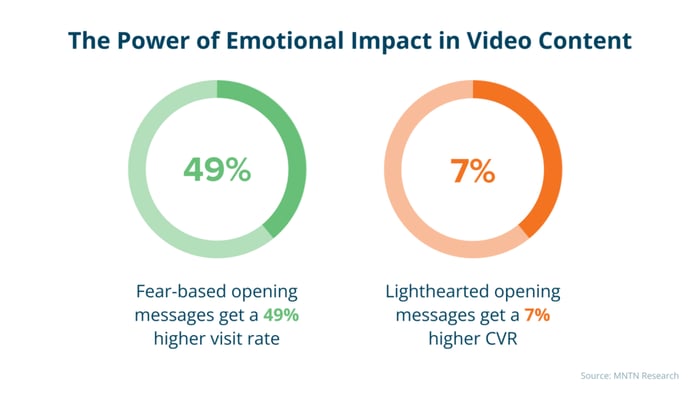
Dove is an excellent example of a brand that’s mastered the art of creating video content that evokes emotions. A case in point is the Real Beauty campaign, which challenges unrealistic beauty standards and seeks to empower women.
One of the most popular videos from this campaign is Dove Real Beauty Sketches. The video demonstrates how radically different women’s perception of themselves is from other people’s perception:
This particular video garnered over 68 million views on YouTube and has been shared millions of times on social media sites. And that’s because it delivers a powerful message that resonates with many people and evokes such emotions as empathy, happiness, and surprise.
Another great example of a brand that uses emotions to great effect in its video content is Nike. The perfect example of this is the Find Your Greatness campaign, which features regular people from diverse backgrounds and with different levels of ability who overcome challenges and achieve their goals with the help of Nike products.
One video in particular that went viral from this campaign is Nike Find Your Greatness: The Jogger. Boasting millions of views on YouTube, the video has been shared just as many times on social networks.
Again, the reason for the video’s success is the same: it evokes powerful emotions — such as admiration, inspiration, and determination — and delivers a powerful message encouraging people to relentlessly pursue their dreams.
So, how can you achieve similar results with your social media video content? Here are some tips for you:
- The first thing you must do is choose an emotion that aligns with your brand values and goals.
- Use storytelling techniques to craft a compelling narrative that hooks your audience and keeps them engaged from start to finish.
- Use different audiovisual elements to convey emotion and create an immersive experience for your audience.
- Make your video accessible and understandable for diverse audiences by adding captions and subtitles.
- And don’t forget to prompt your audience to take action after watching the video.
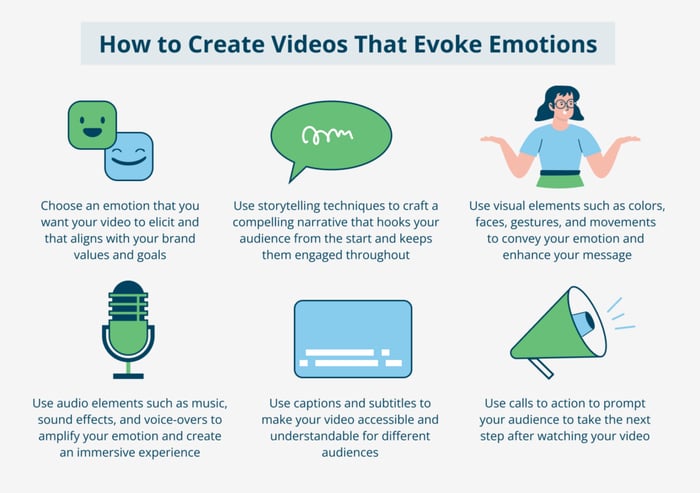
Some tools that can help in creating evocative video content include:
- Animoto, which is a video maker that allows you to create professional-looking videos in minutes. You can choose from hundreds of templates, styles, and music tracks, or create one from scratch with your own videos, photos, and voice-overs.
- Loomly, which is a social media management tool that includes features for optimizing, scheduling, and analyzing video content across all social networking sites.
Infographics
Edward Tufte, a pioneer in data visualization, once said: “the commonality between science and art is in trying to see profoundly — to develop strategies of seeing and showing.” Infographics are a powerful way of seeing and showing data in a visual form.
Infographics excel at presenting complex or otherwise boring information in a simple and attractive way. This makes them a prime candidate for applying psychology to social media.
They’re particularly powerful for educating your audience as they can help boost visual processing, memory, curiosity, and perceived authority.
Therefore, it’s no surprise that 41.1% of marketers say that original graphics — such as infographics — are the highest-performing type of visuals for them, even ranking above videos and presentations.
Contrast that with stock photos, which 41.1% of marketers identified as the worst-performing type of visuals for them in 2022.
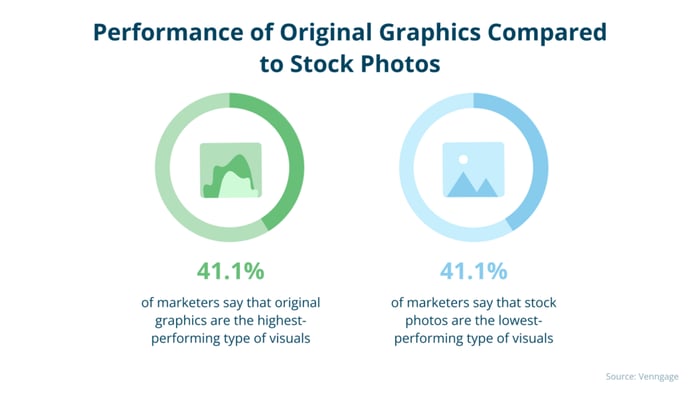
The backbone of any infographic is the data. Data lends credibility and trustworthiness to the content and makes it more compelling for the audience.
When questioned about the factors that make a piece of content memorable and persuade buyers to take a sales call, respondents emphasized the significance of research. 51% stated that the content should incorporate data and research to validate its claims. Additionally, 41% opined that the content itself should be based on research.
As such, to be most effective, the data on your infographic must be accurate, reliable, and interesting, and should be sourced from the most credible and reputable sources possible.
HubSpot is renowned the world over for its infographics showcasing marketing statistics and trends. One of its most popular ones is Marketing Statistics.
The 2021 version of the chart featured more than 150 stats on everything ranging from SEO and email marketing to social media and content marketing. It quickly garnered over 10,000 shares on social media and has been featured on countless websites and publications.
Another brand that puts infographics to stunningly good use is Spotify with its Wrapped infographic, which every user receives at the end of the year. The infographic pulls data from Spotify’s platform and outlines stats about each user’s listening habits all through the year.
In 2022, there were over 1.2 million tweets about the infographic and it was shared by millions of users on Instagram and other social media platforms.
Here’s how you too can take advantage of the magic of infographics:
- Choose a topic that’s relevant, timely, and interesting for your audience and your brand.
- Research and collect data from reliable and reputable sources that support your topic and message.
- Organize and visualize your data using charts, graphs, icons, colors, fonts, and headlines.
- Use captions and labels to explain your data and highlight the key takeaways.
- Use calls to action to prompt your audience to take the next step after viewing your infographic.
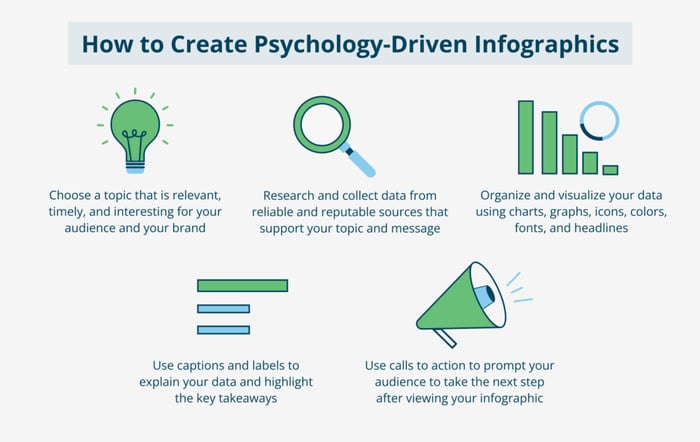
You can use tools like Venngage or Canva to create stunning infographics in minutes, and you can customize them with fonts, colors, icons, logos, and images, and share them directly to your social media accounts or download them to your device.
Live streams
There are many things that make live streams so wonderful. For one, they can help connect with the audience, showcase personality and expertise, and generate buzz. They’re also particularly effective at creating immediacy, interactivity, authenticity, and FOMO for social media marketing.
This is why 35% of US consumers who watched live-streamed shopping events in 2022 bought a product.
In China, that number is as high as an astounding 66.2% — which means that, for every three people that watched a live stream, two bought a product. Very few other channels can boast of such high conversion rates.
The most important factor for success with live streams is timing. It’s so important that it has the power to determine how many people will tune in to watch.
Studies show that the best time to go live on Facebook is between 1pm and 3pm on weekdays, and on Instagram is between 7pm and 9pm on weekdays.
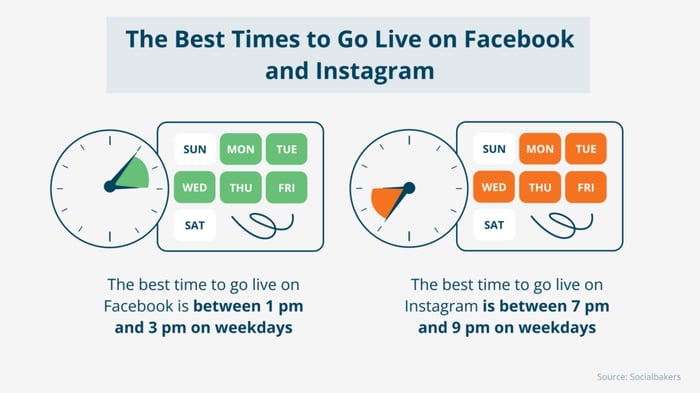
Also, the optimal duration for live streams is between 11 and 20 minutes, although most live streams last 26 minutes.
NASA uses timing perfectly in its live streams. One example that stands out was the Perseverance Rover Landing on Mars, which took place on February 18, 2021 at 12:55pm PST.
The live stream attracted over 21 million views on YouTube and over 2 million views on Facebook and was perfectly timed to coincide with the historic moment of the rover landing on the red planet and to capture the excitement and curiosity of the viewers.
And is it possible to talk about live streams without mentioning Apple’s keynotes?
The 2021 Special Event on October 18 attracted over 9 million views on YouTube and more than 1 million views on Twitter. The live stream was timed strategically to align with the peak hours of online activity and to generate hype and anticipation for the new products.
Here’s how you can create equally powerful live streams that use timing:
- Research and analyze the best times and days to go live on different platforms based on your audience’s behavior and engagement.
- Schedule and promote your live stream in advance using social media posts, emails, notifications, and countdowns.
- Go live at the scheduled time and interact with your audience during the broadcast.
- Use calls to action to prompt your audience to take the next step after watching your live stream.
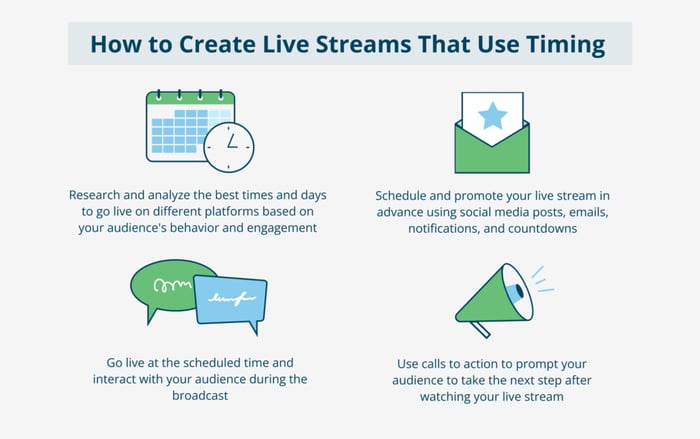
You can use tools like Restream and StreamYard to create professional-looking live streams in minutes.
Wrapping up: psychology in social media
These small details, tips, and tricks might not seem like much, but they can mean the difference between a meh social media campaign that underperforms and one that generates tons of leads and conversions for your business.
Of course, knowing how to build better social content is just the first step. You still have to deal with the overwhelming amount of social media management tasks you have to carry out every single day. Luckily, Loomly can help.
Loomly is an easy-to-use social media management platform that can help you reach new audiences and build your brand online. It allows you to create, optimize, schedule, and analyze content across all your social channels from a single collaborative platform.
Try it today — it’s free to use for your first 15 days!
